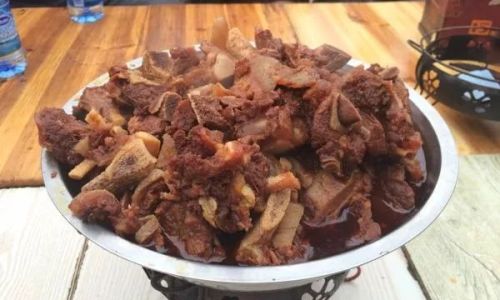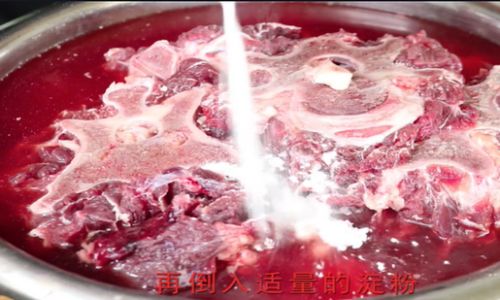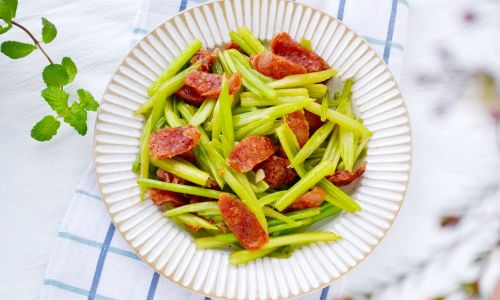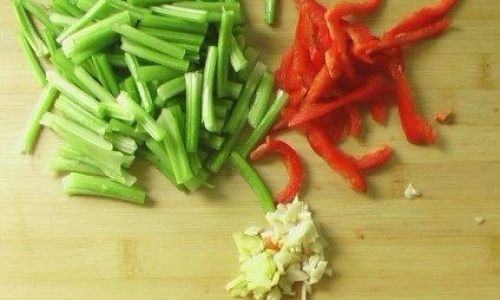Introduction
Hearty beef bone stew is a classic dish that warms the soul and satisfies the appetite. It’s rich in flavor, packed with nutrients, and perfect for cold weather. The beauty of beef bone stew lies in its simplicity and versatility. With a few basic ingredients and a bit of patience, you can create a delicious, comforting meal that the entire family will enjoy.
In this comprehensive guide, we’ll walk you through every step of making beef bone stew, from selecting the right bones to achieving the perfect texture and flavor. Whether you’re a seasoned chef or a novice cook, you’ll find valuable tips and tricks to elevate your stew-making skills.

Chapter 1: Selecting the Right Beef Bones
The foundation of any good beef bone stew is the quality of the bones you use. There are several types of beef bones available, each with its own unique flavor and texture. Here’s a breakdown of the most common options:
-
Knuckle Bones (or Marrow Bones): These bones are large and contain a significant amount of marrow, which adds a creamy, rich flavor to the stew. They’re often used in broth-based dishes because they provide a lot of gelatin and collagen.
-
Short Ribs: Short ribs are meaty and contain a good amount of bone and fat, which makes them ideal for slow cooking. They add a lot of flavor and texture to the stew.
-
Oxtail: Oxtail bones are small and contain a lot of gelatin. They’re perfect for creating a rich, flavorful broth. The meat is tender and falls off the bone after long cooking.
-
Beef Neck Bones: These bones are less meaty but still contain a good amount of collagen and flavor. They’re often used in soups and stews for their ability to create a rich broth.
When selecting beef bones, look for bones that are fresh, have a nice color (not too dark or discolored), and have a pleasant aroma. Avoid bones that have a strong, off-putting smell or appear dried out.
Chapter 2: Preparing the Bones
Before you start cooking, it’s important to prepare the bones properly. This involves a few simple steps to ensure that your stew is free of impurities and has the best possible flavor.
-
Trimming the Bones: Use a sharp knife to trim off any excess fat, sinew, or meat that’s hanging off the bones. This will help to keep the stew from being too greasy and will make it easier to ladle out the broth later.
-
Soaking the Bones: Place the trimmed bones in a large bowl or pot and cover them with cold water. Let them soak for at least 2 hours, preferably overnight. This will help to draw out any blood and impurities that could affect the flavor of the stew.
-
Rinsing the Bones: After soaking, drain the bones and rinse them under cold running water. Pat them dry with paper towels to remove any excess moisture.
Chapter 3: Making the Broth
The broth is the backbone of your beef bone stew. It’s where all the flavor comes from, so it’s important to take your time and do it right.

-
Roasting the Bones: Preheat your oven to 400°F (200°C). Place the prepared bones in a single layer on a roasting rack or in a roasting pan. Roast for about 30-45 minutes, or until they’re nicely browned and fragrant. This step is crucial because it caramelizes the natural sugars in the bones, adding depth and complexity to the broth.
-
Building the Broth Base: While the bones are roasting, prepare the vegetables and aromatics that will go into the broth. Typically, you’ll use a combination of onions, carrots, celery, garlic, and fresh herbs like thyme, bay leaves, and parsley. Chop the vegetables into large pieces so they don’t disintegrate during cooking.
-
Simmering the Broth: Once the bones are roasted, transfer them to a large stockpot or Dutch oven. Add the chopped vegetables and aromatics, then pour in enough cold water to cover everything by about 2 inches. Bring the pot to a boil over high heat, then reduce the heat to low and let it simmer gently, uncovered, for at least 4-6 hours. If you have the time, simmering for 8-10 hours will yield an even richer, more flavorful broth.
-
Skimming the Fat: As the broth simmers, you’ll notice a layer of fat forming on the surface. Use a ladle or spoon to skim off this fat periodically. It’s important to do this to keep the broth from being too greasy.
Chapter 4: Adding the Stew Ingredients
Once you have a flavorful broth, it’s time to add the rest of the stew ingredients. The exact ingredients you use will depend on your personal preferences, but here are some common options:
-
Meat: You can add additional meaty cuts like beef chunks, brisket, or short ribs to the stew. These will add more texture and flavor.
-
Vegetables: Root vegetables like potatoes, carrots, turnips, and parsnips are perfect for stew because they hold their shape well during long cooking. You can also add softer vegetables like peas, corn, or green beans in the last 30 minutes of cooking.
-
Starch: A bit of starch, like barley, rice, or lentils, can help to thicken the stew and add more substance to the meal.
-
Seasonings: Salt, pepper, and your favorite herbs and spices are essential for seasoning the stew. You can also add a splash of red wine, Worcestershire sauce, or soy sauce for extra flavor.
Chapter 5: Cooking the Stew
Now that you have all your ingredients ready, it’s time to cook the stew. Here’s a step-by-step guide:
-
Adding the Ingredients: Carefully transfer the roasted bones and any juices from the roasting pan into the pot of broth. Add the additional meat, vegetables, and starch. Stir everything together to combine.
-
Bringing to a Simmer: Bring the pot to a gentle simmer over medium-low heat. Make sure the stew isn’t boiling too vigorously, as this can cause the vegetables to disintegrate and the meat to become tough.

-
Tasting and Seasoning: Taste the stew and adjust the seasoning with salt and pepper as needed. You can also add more herbs or spices if you think the stew needs it.
-
Cooking Until Tender: Let the stew simmer gently, uncovered, for at least 2-3 hours, or until the meat is tender and the vegetables are cooked through. If you’re using starch like barley or lentils, they may take a bit longer to cook.
-
Thickening the Stew (Optional): If you prefer a thicker stew, you can make a slurry by mixing a small amount of cornstarch or flour with water and stirring it into the stew in the last 30 minutes of cooking.
Chapter 6: Serving the Stew
Once the stew is cooked to your liking, it’s ready to serve. Here are a few tips for serving and enjoying your beef bone stew:
-
Ladleing Out the Stew: Use a large ladle to scoop out portions of the stew, making sure to include a mix of meat, vegetables, and broth in each serving.
-
Garnishing: You can garnish the stew with fresh herbs like parsley, chives, or thyme. A dollop of sour cream or yogurt can also add a nice tanginess to the dish.
-
Serving with Sides: Beef bone stew is hearty enough to stand on its own, but you can also serve it with sides like crusty bread, mashed potatoes, or a simple green salad.
-
Storing Leftovers: If you have leftovers, store them in an airtight container in the refrigerator for up to 3-4 days. You can also freeze the stew for longer storage.
Conclusion
Making beef bone stew may seem like a daunting task, but with the right ingredients and techniques, you can create a delicious, satisfying meal that’s perfect for any occasion. By following this comprehensive guide, you’ll be able to master the art of stew-making and enjoy a hearty, flavorful dish that’s sure to become a family favorite. So, gather your ingredients, roll up your sleeves, and get ready to make the best beef bone stew you’ve ever tasted!






0 comments